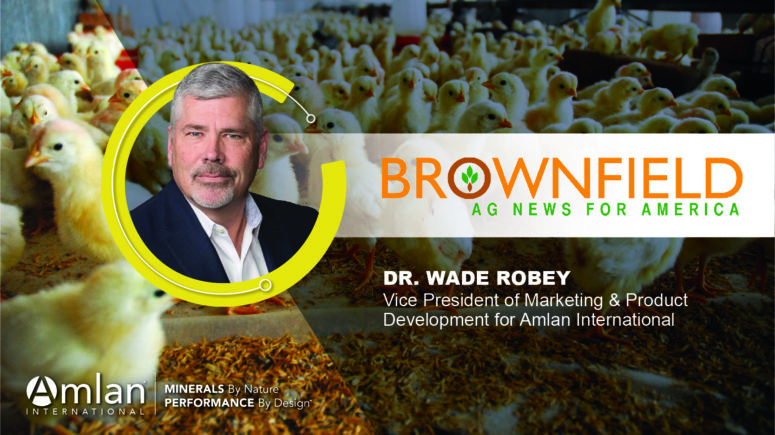Source: Amie Simpson, Brownfield Ag NewsJanuary 28, 2022
“Increasing regulation and strong consumer demand are creating a growing market for natural animal protein production solutions,” commented Dr. Wade Robey, our vice president of marketing and product development, in a recent interview with Amie Simpson of Brownfield Ag News. Wade also discussed Amlan’s introduction of natural mineral-based food additives to the US market and the growth opportunities this presents for Amlan in 2022. Read more here.

